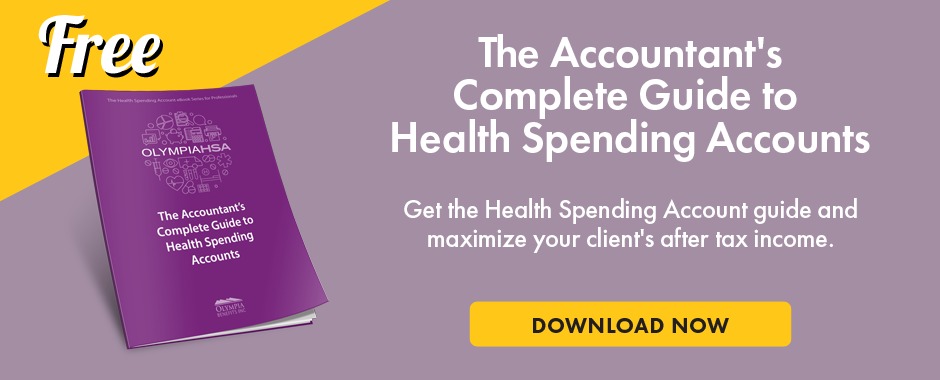One common inquiry we receive pertains to Health Spending Account limits - particularly regarding the yearly maximum allowable amount for a business owner and their family.
Why are there limits in a Health Spending Account?
A Health Spending Account is an arrangement where an employer covers the costs of medical care for their employees. This is typically outlined in a contract, where the employer agrees to reimburse these expenses for the employee and their dependents. The reimbursements are tax-free for the employee and tax deductible for the employer..
As part of the contract, it is necessary to specify the nominal value (amount of benefit or limit) of the medical expenses to be reimbursed in a given year. While the Canada Revenue Agency (CRA) does not provide a set amount for a Health Spending Account, they do emphasize that the chosen amount must be deemed "reasonable."
The term "reasonable" is not defined but left up to the discretion of a HSA plan administrator and an employer to establish. Without some benefit amount being stipulated, the HSA would not provide a reasonable degree of risk in order to meet the definition provided for in subsection 248(1) of the Act and would be considered a taxable benefit. That fact is the plan would not qualify for tax free health benefits if annual limits were not in place.
What is the benefits limit for a Health Spending Account?
To compare benefit amounts to traditional insurance plans would be like comparing apples to oranges and may not provide a fair assessment. After nearly twenty years of administration experience at Olympia Benefits, it is believed a "reasonable" maximum benefit level per year is $15,000 per employee.
Who determines the benefits limits and how are they designated?
Limits are determined by classification of employee. For example, executives could be assigned a limit of $15,000, senior management $5,000, and regular full time employees at $1,500. A general rule of thumb, staying in line with CRA's criteria for "reasonable" limits, is to ensure the highest limit within a HSA does not exceed ten times that of the lowest limit. The rationale behind this is to prevent a Health Spending Account from being unfairly skewed towards the executive class, as this could potentially lead to it being classified as a shareholder benefit. A benefit received by a shareholder is subject to taxation and may result in the disqualification of the Health Spending Account.
Send this guide to your Accountant or download it for yourself to get a financial overview of Health Spending Accounts:

Related Reading:
What's covered in a Health Spending Account?
How does a Health Spending Account work for a small business in Canada?
Health Spending Account Classifications
Health Spending Account guidelines